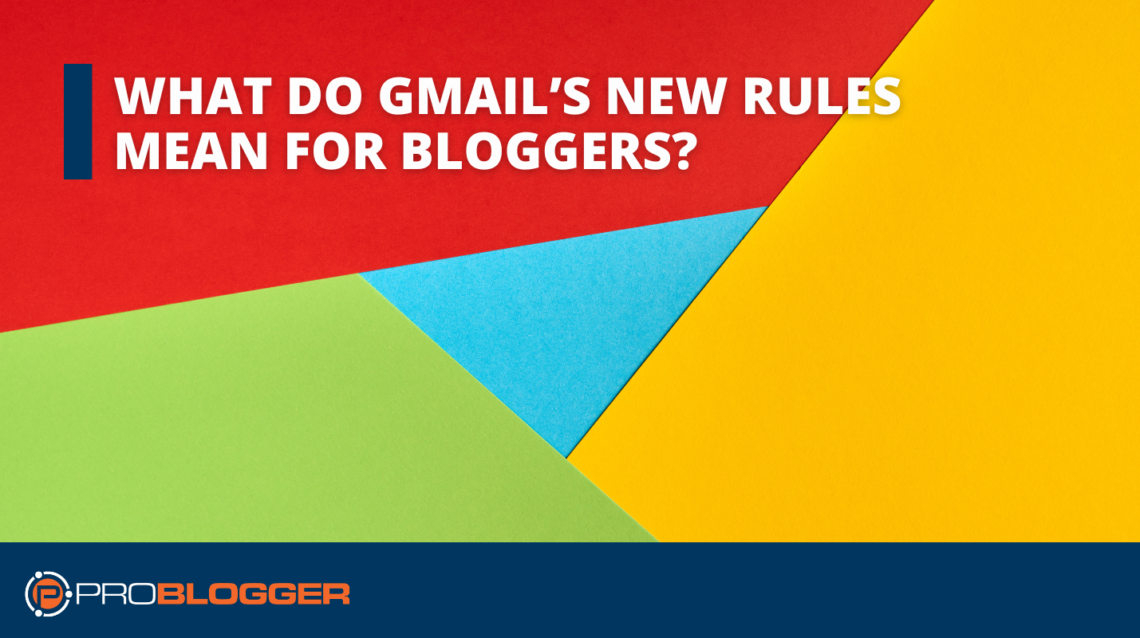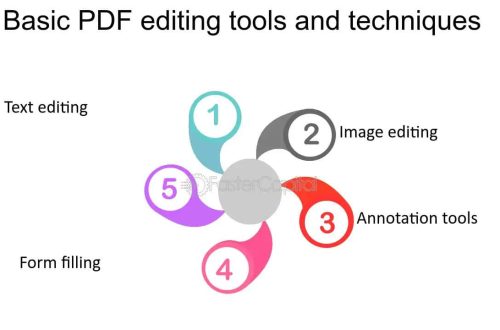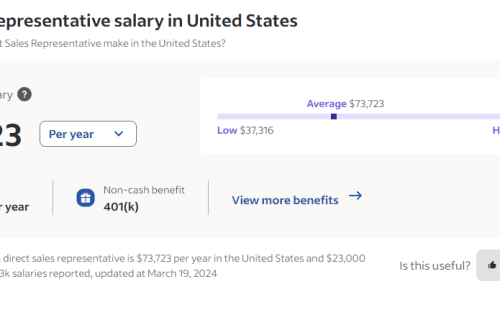This Guest Post is from email marketing expert Krystin Ruschman, owner of Email2Inbox.
Gmail is implementing stricter email requirements for senders who send 5,000 or more messages per day. Maybe your mailing list isn’t quite at this volume yet, but bloggers with any size email list and/or just using Gmail themselves should take note…
Starting February 1, 2024
Email senders will start getting temporary errors (with error codes) on a small percentage of their non-compliant email traffic.
Starting April 1, 202
Gmail will start rejecting a percentage of non-compliant email traffic, and they’ll gradually increase the rejection rate.
“Enforcement will be gradual and progressive.”
So to make sure bloggers keep on the right side of these new email rule changes, let’s dive into some details…
WHAT is happening?
Google is rolling out guidelines for all email senders in an effort to:
- Help protect recipients from malicious messages, such as spoofing and phishing messages
- Help protect you and your organization from being impersonated
- Help decrease the likelihood of your emails being rejected or marked as spam
WHEN do these guidelines start?
These guidelines took effect on Thursday, Feb 1st, 2024.
The enforcement will be gradual and progressive according to Google, with temporary errors first, then a percentage of non-compliant emails will be rejected until, eventually, the guidelines will be in full force and effect.
WHO do these guidelines affect?
Anyone who sends email messages to personal Gmail accounts
A Gmail account is defined as an email recipient with an email address ending in @gmail. com or @googlemail. com
Google has divided email senders into 2 groups:
1. All (Non-Bulk) Senders
2. Bulk Senders
- A Bulk Sender is a domain that sends 5,000 messages or more to personal Gmail accounts within a 24-hour period.
- All messages sent from the same primary domain (even if through multiple subdomains) count toward this limit. (make sure to read that again… the 5k limit is attributed to the root domain/TLD)
- For example, if you send 1500 messages through your reply.yourdomain. com sending domain, and another 3500 messages through your replies.yourdomain. com sending domain you are considered a Bulk Sender because all 5,000 messages were sent through the same primary domain.
- Senders who meet this definition of Bulk Sender ONCE, are classified as bulk senders, PERMANENTLY
- So, if you’re not a BULK sender already, as a blogger the chances are that you will be.
WHAT’s included in this rollout?
Well… there are 9 guidelines (at the time of this post)…
I’ll rattle them off here, but stay tuned…. because, as you can imagine, the guidelines and definitions have been changing as we march toward the deadline and I’d expect more of that over the next several months.
This is the gist of it:
1. SPF/DKIM (DNS records):
At least one for non-bulk senders, both for bulk senders.
Google and Yahoo both prefer DKIM if you’re only doing one.
2. DMARC (DNS record):
Bulk senders requirement
DMARC is intended to “protect your brand” according to Marcel Becker, Senior Director of Product at Yahoo.
The record Google and Yahoo are looking for is a TLD record (for your root domain, not your subdomain).
So, according to Mr. Becker, while you can definitely add a separate record to your subdomain this is not best-practice, nor what they are looking for.
3. 1-click Unsubscribe (header):
Optional for non-bulk senders, required for bulk senders
There are lots of different ways to configure an unsubscribe.
For the purposes of this guideline, it’s referring only to the header unsubscribe (according to RFC 8058), and Google/Yahoo are specifically NOT telling you what to do inside your email with your regular unsubscribe link or footer.
They call out that there are too many regulations around that one, and they’re different in every country, so they want to stay away from dictating that.
The unsubscribe header is the one they’re looking for and it’s generally controlled on the backend of whatever software you’re using – not something you, yourself, can configure.
4. Internet Message Format (RFC standard):
Required for both.
There’s a lot to this standard, most of which is controlled on the backend of the software you’re using, but there are a couple notables I’ll call out here:
– Web links in the message body should be visible and easy to understand. Recipients should know what to expect when they click a link.
– Message subjects should be accurate and not misleading.
5. TLS Connection (encryption):
Required for both
Transport Layer Security (TLS) is a standard internet protocol that encrypts email for privacy and secure delivery. This needs set to HTTPS for each subdomain.
There’s a TLS configuration for your regular email account, too, but we’ll leave that for another post.
6. NO Gmail/Yahoo Impersonation
(Sending from one of their free email account addresses): required for both
Other than within your own personal email account, using a free from address like @gmail. com, @googlemail. com @yahoo. com, @aol. com, @verizon. net, etc. to send bulk email communications is a big no-no.
Currently, Yahoo blocks these emails entirely, and Google will now be sending them straight to the Spam folder.
If you don’t have a business email account with a branded domain email address it’s time to get one: How to Set Up an Email Account that Uses Your Domain Name
7. DNS/PTR
(Mapping your sending domain with your dedicated IP, and your dedicated IP with your sending domain): required for both.
This requirement ONLY applies to people who use dedicated IPs
Basically, this is an A record you put in, then you have your SMTP put in the PTR record and you’re all set.
If you have a dedicated IP and you don’t do this you may find your emails getting rejected.
8. DMARC Alignment
(Domain match between your From domain and your SPF or DKIM root domain): optional for non-bulk senders, required for bulk senders
Each ESP handles this differently, so I’ll save the details for another post, but the gist of it is you need to be who you say you are when you show up at the door.
Your from address domain should also match either your Return-Path or Mailed By (SPF) root domain or your Signed By (DKIM) root domain.
For Highlevel this means using a dedicated sending domain for each subaccount, which is also a great way to get better deliverability, so it’s a 2-fer.
THIS requirement is probably 1 of the top 2 requirements that really needs your attention right now. There are nuances to making this switch that you don’t want to miss such as carrying forward any Suppressions history on the previous domain (if you have your own MG account) and warming up the new domain.
9. Keep Google Spam Rates Low
Below 0.10% and avoid ever reaching 0.30% or higher (as reported in Google Postmaster – not to be confused with the Complaint Rate you see in your email marketing software or SMTP): required for both
This is a biggy.
It changes the way email marketing is done for most people.
Gone are the days of holding on to every contact on your list for dear life or “opting in” a contact to a bunch of email communications even though all they did was request your lead magnet or fill in a Contact Us form.
HOW do you meet these new email requirements?
I admit the list of requirements does get quite techy. Fortunately, most Email Service Providers are on top of these changes by providing their customers (you) with step-by-step instructions to become compliant.
If you’re after more detail and guidance on meeting these new Gmail requirements specifically or want to learn how to increase your email deliverability, open rates and conversions, follow my Email2Inbox Facebook page.
Krystin Ruschman, owner of Email2Inbox, specializes in email marketing and deliverability. She’s historically focused on strategies for getting email, not just TO the inbox, but more importantly on what it takes to STAY in the inbox. She works with marketers and business owners alike, to reach conversion rates they never thought possible, and ultimately grow revenue for themselves and their clients through the power of email marketing.





